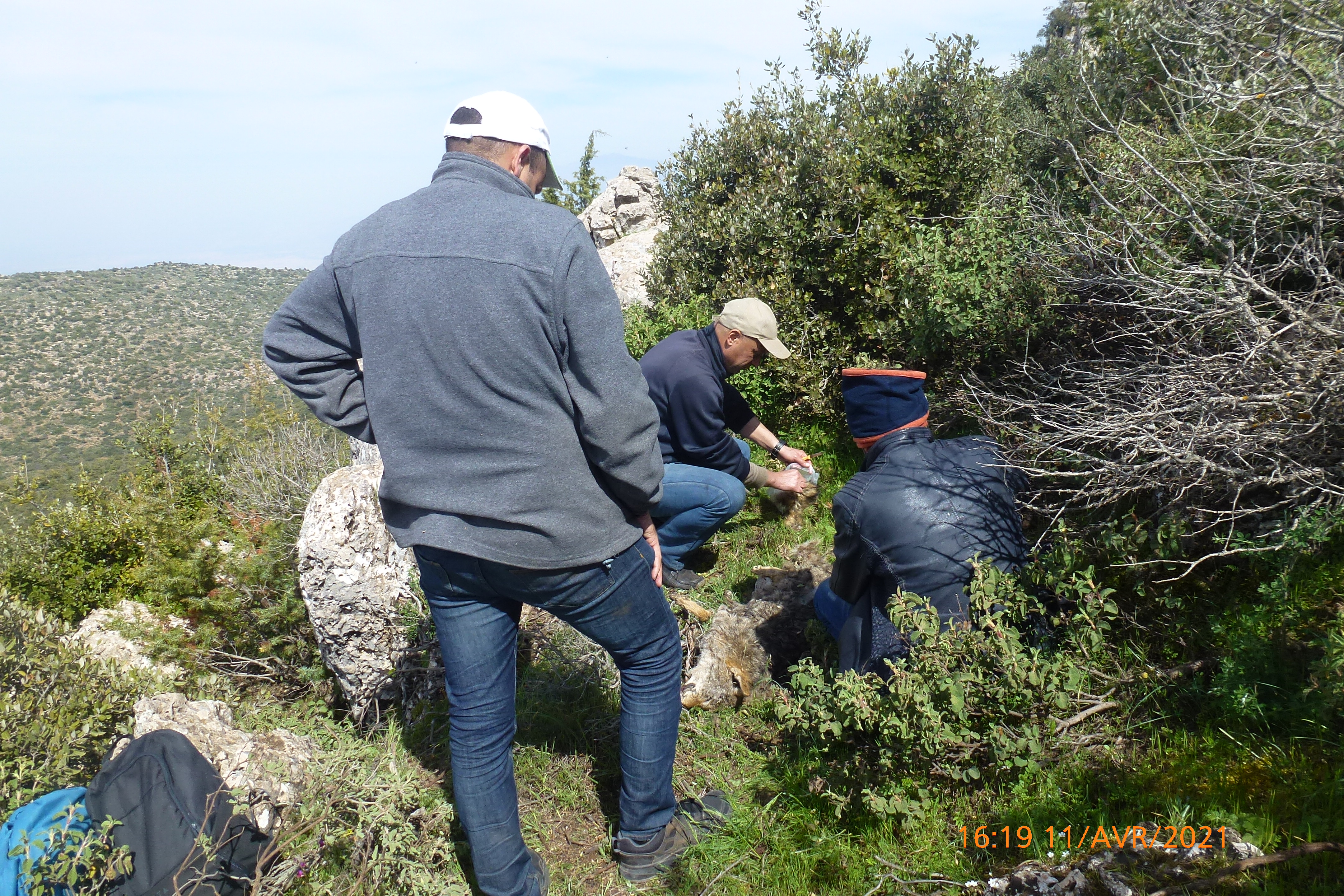


The human-local people conflict may act as factors in the decline of biodiversity. Our scientific studies showed that there is an increasing in the local people-wildlife conflict in the central High Atlas.The predation of livestock (carnivore species) and Crop raiding (wild boar, Barbary macaque, etc.) are the main causes of the local people-wildlife conflict and of negative attitudes toward the wild species. Several techniques were proposed to reduce the risk of depredation of livestock by wilds predators and and the risk of crop damage by Herbivorous species:
- 1. Education to raise the awareness of the local people about the ecological and economical roles of wildlife and provide the public with information on the benefits of wild animals and their ecological and economical roles.
2. Encourage residents to use some techniques to protect livestock and to keep wild animals away, such as a livestock guard dogs, prompt and proper disposal of livestock carcasses to eliminate attractants that could draw carnivores, and monitoring and pasturing of livestock and fields.
3. We are currently preparing a compensation programs to assist local people by reimbursing them for losses attributable to wild canids.
1. The contributor is a researcher who was born and lived in the central High Atlas for 40 years. He is known in the region, which facilitates the transmission of messages about biodiversity conservation. He communicates with the local inhabitants through the Tamazight language, which is the native language of the contributor. He also participates in several educational, cultural and scientific activities in this region.
2. The central High Atlas encompass an area of 10 502 km² and have a rich and varied biological diversity.
Education and the awareness-Raising Session for Local Officials and Communities on the Importance of wildlife conservation, and the use of possible and simple techniques to keep wild animals away mitigate the conflict between local people and wildlife and and it resulted the conservation of species and habitats .